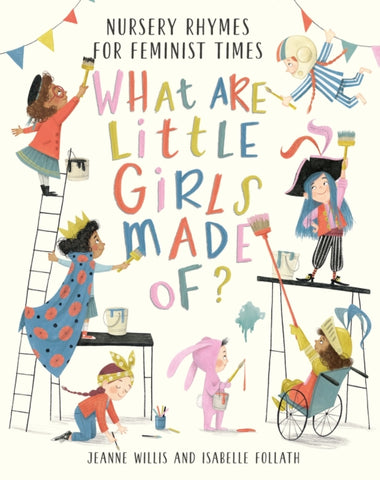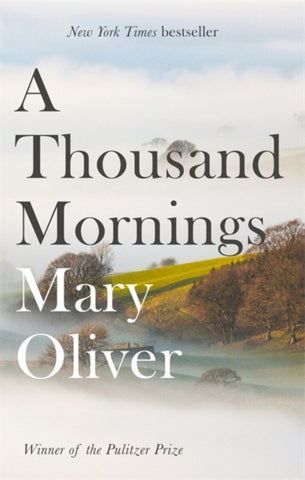
Binding: Hardback,
Date of Publication: 17/10/2024,
Pagination: 256 pages,
Series: N/A,
Imprint: Virago Press Ltd,
Published By: Little, Brown Book Group,
Book Classification: Modern & contemporary fiction (post c 1945)
Dimensions: 223 x 145 x 27mm
Weight: 430g
ISBN13\EAN\SKU: 9780349018911
New parts for thirty of Shakespeare's women, letting them speak their minds, written by famed stage and screen actress, Dame Harriet Walter DBE'Bold and original... a book that anyone who cares about Shakespeare will want to own, and share' JAMES SHAPIRO'With her gravitas, empathy, intellect and absolute belly laugh wit, the unheard voices soar. A real celebration of her life and art' PHYLLIDA LLOYD'Harriet Walter's years of inhabiting and imbibing so many of those great roles gives her a special licence to speak for them. But the wit of these delightful poems also belies frustration, exasperation, and like a true 'Lover's Complaint', real affection' GREG DORANDame Harriet Walter, renowned for her wonderful portrayals in Succession and Killing Eve, among others, is one of Britain's most esteemed Shakespearean actors. Now, having played most of Shakespeare's female characters, audaciously, she lets them speak their minds.
With new parts for thirty Shakespearean women, written in 'Shakespearean' verse and prose, Harriet Walter goes between the lines of the plays to let us hear what she imagines - sometimes playfully and sometimes searchingly - these women were really thinking.
Here's what Gertrude longed to say; why Lady MacBeth felt she should be King; how Juliet's nurse bemoaned her loss; why Ariel is anxious about freedom and what Cleopatra's handmaidens really thought of her. Ophelia surprises us, Olivia surprises herself and Miranda glimpses the future; these pieces are alongside other brilliant insights, from the servants to the sovereigns.
Harriet Walter says 'Shakespeare's mind and words have been the backbone of our culture and they have seeped into my bloodstream over the decades that I have been privileged to speak them. As Ben Jonson said, he is a man for all times, but he is also a man of his time and there's the rub. Though his empathy for his female creations is miraculous, his plays mirror the hierarchy and patriarchy of his day with the result that women are seldom centre stage, have far fewer lines, and their function in the plot is always and solely in relation to a man. But not in these pages...'




